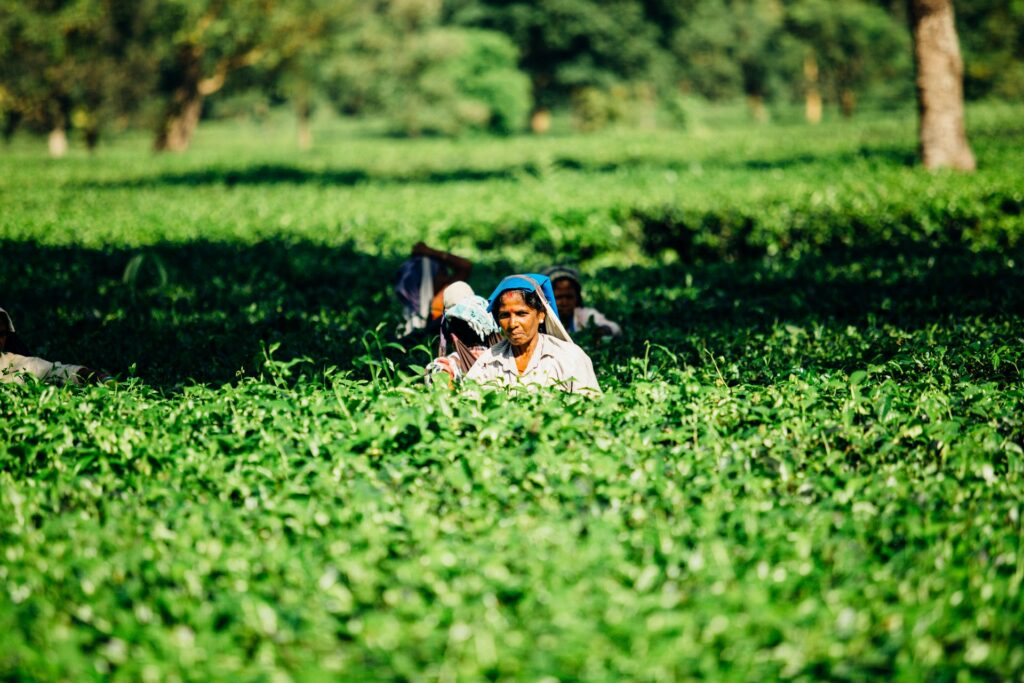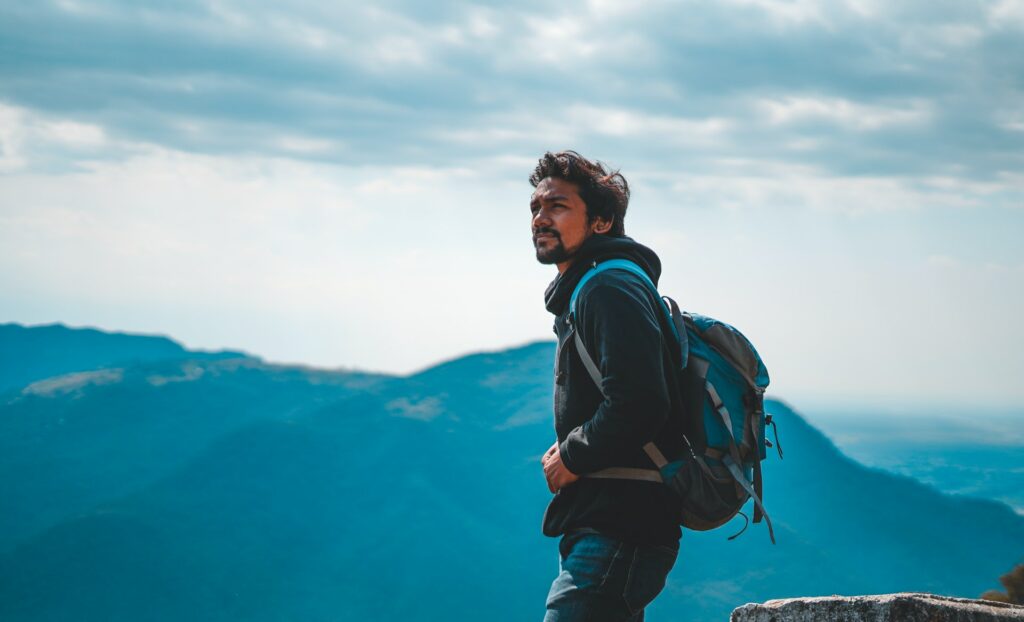COVID-19 Will Continue to Test Our Business Resilience

By Tejbir Singh Anand, Vice Chairman at Federation of Associations in Indian Tourism & Hospitality (FAITH), Founder & Managing Director at Holiday Moods Adventures Pvt Ltd
I am confident that it’s time now to resuscitate the travel industry, which now is giving signals of being buoyant and upbeat. Through this article, I would like to share my thoughts on market insights, the key to travel the world again, shift in market trends, customer patterns, the new demands and finally the need for testing our business resilience.
A. Market insights on Indian outbound travellers beyond COVID-19

Indian outbound travel market is taking the world by the storm, where every country wants a piece of this pie. When travelling abroad, Indian tourists are among the world’s highest-spending globetrotters. Their spending power has been estimated to be four times than that of the Chinese and the Japanese. The average Indian traveller spends $1,200 per visit as compared with the Americans who spend about $700, and the Brits who spend $500. The World Tourism Organization (UNWTO) predicts today’s 20 million outbound Indian travellers will double to more than 50 million over the next three years and the revenues are set to surpass $50 Billion by 2025.
According to the joint tourism industry report by Amadeus and Frost & Sullivan, Indians travelling to Asia Pacific alone will spend close to $91 billion by 2030, making Indians the second biggest spenders, after their Chinese counterparts. Tourism Australia hopes to get 300,000 Indian tourists by 2025. South Africa Tourism Board too says that India has become one of the key tourism generating nations for their country. On 27th March 2022, all international flights to and from India were resumed as the first step towards a great and forward-looking signal.
The top 11 most visited countries by Indian travellers according to the Forecast Data, 2019 – 2026, are Maldives, UAE, United States, Thailand, Switzerland, Qatar, Canada, United Kingdom, France, and Oman.
B. Shift in market trends and new demands of the traveller post the pandemic

Here are 11 important trends on customer patterns that are emerging in the world of outbound tourism from India.
Trend no 1: Travel to meet family — In pre-liberalisation days, with little disposable income and fewer options, holidays for most middle-class Indians were about visiting friends and families in India. And the trend still continues but with a direction towards overseas travel. According to recent reports, a high 43% of leisure travellers from India say visiting friends and relatives was the main reason behind their overseas travel.
Trend no 2: Extended weekends abroad — Weekend holidays in nearby hill stations are passé. Now with direct flights to a number of foreign tourist destinations, Indians would rather spend their extended weekends overseas.
Trend no 3: Short-haul direct international flights — Destinations within five hours of flight time are seeing the biggest growth. Some quick examples are Maldives, Thailand, Hong Kong, UAE, Singapore and Central Asian countries—these are some of the important emerging destinations.
Trend no 4: Higher frequency — Also noticeable is the fact that Indians are now taking more frequent holidays, with the recurrence now lower at once in 12-18 months.
Trend no 5: Experiential travel — As Indian outbound travellers are becoming wanderers and explorers, more and more globetrotting Indians are turning experimental, looking to customise their own trips, and opting for offbeat destinations and newer experiences.
Trend no 6: Business travellers’ gender spin — As more and more women in India are joining the workforce and the number of business travellers is likely to surge by 2030, it’s time to focus on women travel and take the subject as seriously as never ever before. Women business travellers, today pegged at 25% of the total statistics, are set to rise by 891% by 2030.
Trend no 7: Senior citizens, the new golden customer — Senior citizens are signalling available disposable income and shift in attitude to travel more and frequently. Saving throughout life till the end seems to have undergone a paradigm shift where senior citizens above 65 years are emerging as an important category of international travellers which will peak by 2030. Senior travellers, currently pegged at 1.3 million, are set to rise to 7.3 million by 2030.
Trend no 8: Adventure tourism market — Valued at $0.5 trillion in 2018, adventure tourism market is projected to reach around $1.7 trillion by 2030. It is the fastest growing segment of our industry predicted to grow at a CAGR of 17.4%. In India, the revenue generated from adventure package tours currently stands at INR 1,772 crores. Most companies are hesitant in offering soft adventure tour options to their clients and pass on the business, whereas the key is to collaborate with the best and safe partners with solid reputation to more to your product portfolio, revenues and sales.
Trend no 9: Social media fever — The proportion of travellers who post updates, feedbacks and pictures on their social media while travelling is on the surge with India leading all the way followed by Indonesian and then Chinese travellers. Your company products need to be visible on the social media platforms, inspire various hashtags and be a part of such community groups.
Trend no 10: Smartphones — The world’s two most populous nations, China and India, will drive the tourist numbers and they will also wield enormous influence with their money power. Young travellers are using their smartphones to make travel bookings. The segment of 18 to 30 year olds will lead and revolutionise the travel industry. Is your website mobile responsive and does it offer a booking engine option?
Trend no 11: Empower your business with Artificial Intelligence / Virtual Reality / Augmented Reality — This is the future! Gone are the days of live chat with a dedicated 24×7 human interface. It’s time to replace that with an automated chatbot with well crafted scripts. Tracking customers’ digital footprints and sending auto reminders leading them back is another example. Virtual Reality tours are the new marketing tools that are amazing travellers. There are hundreds of such amazing futuristic tools available now.
C. Business resilience: Action plans for recovery & the key to travel the world again
 The COVID-19 pandemic has been a ‘black swan’ event that has impacted nearly every facet of human life with major socio-economic consequences. The world is undeniably facing a new challenging and unpredictable event with the outbreak of COVID. But with significant disruption comes great opportunities. Now is the need to test our business resilience and push for greater sustainability.
The COVID-19 pandemic has been a ‘black swan’ event that has impacted nearly every facet of human life with major socio-economic consequences. The world is undeniably facing a new challenging and unpredictable event with the outbreak of COVID. But with significant disruption comes great opportunities. Now is the need to test our business resilience and push for greater sustainability.
Resilience no 1: The “New Normal” — Today’s consumers are different in their decision making processes from the pre-pandemic era. We need to understand and adapt to the new world of travel.
Resilience no 2: Technologies to achieve sustainable goals — The way forward is to accelerate the growth of micro, small and medium-sized travel enterprises through the adoption of technologies.
Resilience no 3: Redesigning for resilience — Travel companies who responded to disruptive events like COVID-19 by positively adapting to a new level of complexity can still be seen around in the next two years. It’s imperative to explore all possible strategies for the continuity of business operations in periods of uncertainty and risk for a more healthy and successful business.
Resilience no 4: Traveller’s health pre-screening will become a must — As we march ahead post COVID, routine vaccinations will be required to protect us from infectious diseases. It would be recommended to ensure every traveller is up to date with COVID-19 vaccines before commencing the travel.
Resilience no 5: Destination’s health security compliances — Following all requirements and recommendations at each location during travel, including wearing a mask and following recommendations to protect yourself and others, is already a norm and will continue.
Resilience no 6: Health & vaccine passports — As vaccination speeds up and governments are eager to return to a sense of normalcy, the concept of vaccine passports has gained significant traction among policymakers. The EU Commission has already proposed a “digital green pass” for travel in Europe and the U.S. government is eyeing a similar approach.
In conclusion, there is an urgent need to restore the travel economy and be resilient in a sustainable, but focused, direction. We need to observe customers’ behavioural changes and build policies that will reduce the likelihood of future shocks and strengthen the travel industry’s resilience for the future. As travel businesses gear up to ease themselves into the post COVID-19 world, we all are looking forward to the newer possibilities to optimise our business operations.






Responses